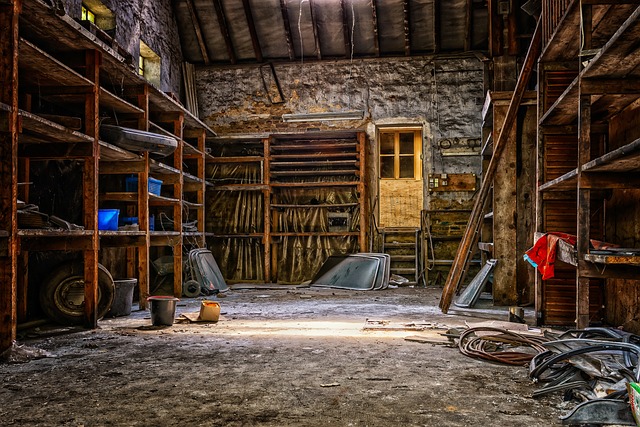Barns have long been a symbol of rural life and agricultural practices. These structures serve multiple purposes, from housing livestock and storing equipment to providing shelter for crops.
When it comes to the permanence of barns, it is essential to consider various factors that determine their longevity and stability.
Definition of “permanent”
First and foremost, it’s important to understand that the term “permanent” can have different meanings in different contexts. In the traditional sense, barns are generally considered to be permanent structures, as they are intended to last for many years, if not decades. However, the actual lifespan of a barn can vary depending on several factors.
Materials used
The construction materials used in a barn play a significant role in its durability. Traditional barns were often made of wood, which is susceptible to decay, rot, and pest infestations over time.
Proper maintenance, including regular inspections, repairs, and treatment against pests and moisture, is crucial to prolong the lifespan of a wooden barn.
Modern barns, on the other hand, may utilize more durable materials such as metal or concrete, which can enhance their longevity.
How it is constructed
Another factor to consider is the quality of construction. A well-built barn with a strong foundation, solid structural components, and proper design can withstand the test of time better than a poorly constructed one.
Hiring skilled professionals and adhering to building codes and standards can significantly contribute to the longevity of a barn.
Environmental conditions also play a crucial role in determining the lifespan of a barn. Harsh weather elements such as heavy rain, strong winds, extreme temperatures, and even natural disasters like hurricanes or earthquakes can impact the structural integrity of a barn.
Building a barn with materials and techniques that can withstand the prevalent weather conditions in the area is essential for its long-term stability.
It is worth noting that while barns are designed to be permanent structures, they can also be disassembled and relocated if necessary.
This is particularly relevant in situations where land use needs change or if the barn needs to be moved for preservation purposes.
However, disassembling and moving a barn requires careful planning, skilled labor, and sufficient resources.
Conclusion
Barns are generally considered permanent structures due to their intended long lifespan. However, their actual permanence can vary depending on factors such as construction materials, quality of construction, environmental conditions, and maintenance practices.
With proper care, maintenance, and adherence to building standards, barns can serve as durable agricultural structures for many years, preserving the essence of rural life and tradition.

